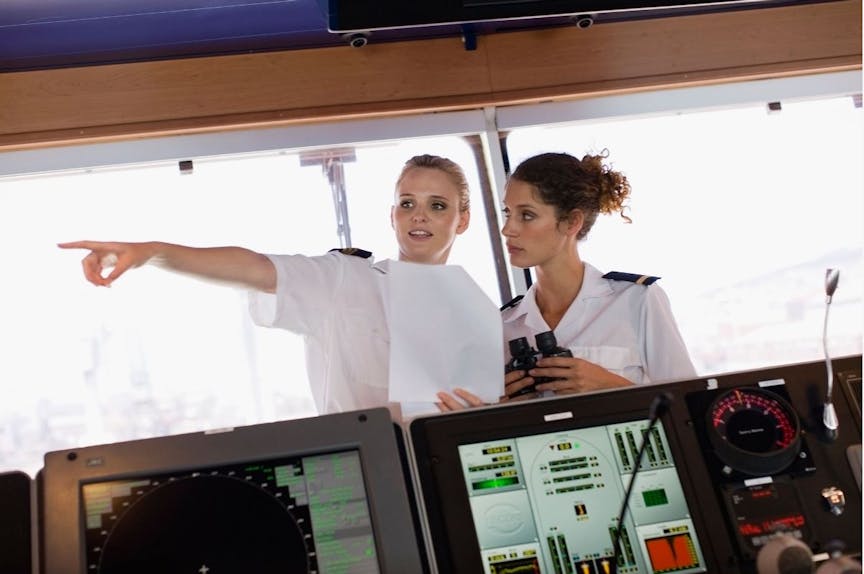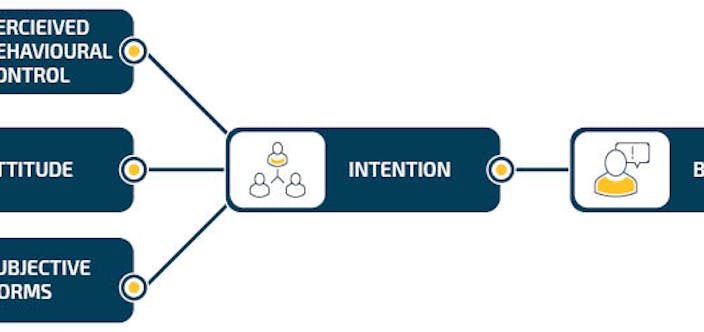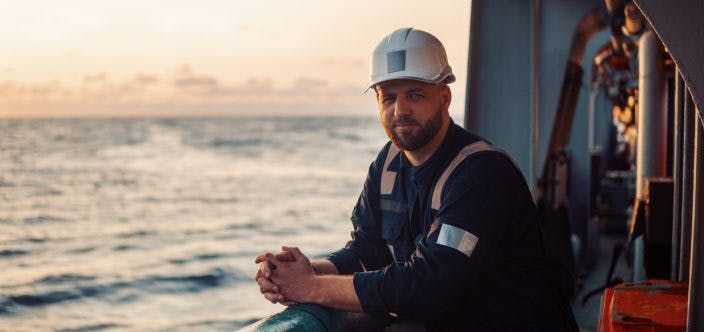Harassment on board

Strict policy shoreside – why not on board?
Today, many companies have a strict policy on how to handle harassment. Unfortunately, these strict policies do not seem to be followed or used to the same extent on board vessels as they are shoreside. Since #metoo and #anchorsaweigh, there have been many authentic statements about harassment and sexual harassment cases occurring onboard. According to a study by Cecilia Österman and Magnus Boström (2022), the prevalence of harassment ranges from 8 to 25 % of all seafarers and is experienced by over 50% of female seafarers. The study highlights that the effects of bullying on board can lead to both physical and mental symptoms. Psychosocial violence, for example, bullying, exclusion, harassment etc., has been shown to be as severe in its effects as physical violence.
Earlier research also points out that workplace bullying has a negative effect on crew communication, collaboration, and work performance, which in turn affects safety. The Maritime Labour Convention (2006) establishes minimum working and living standards for all seafarers serving on vessels that sail under the flag of a ratifying country. However, whilst MLC 2006 has taken a big step in prioritising seafarers’ rights and setting out decent working conditions, the convention, unfortunately, does not address many psychosocial standards. A study by Dragomir (2018) suggests implementing gender equality amendments into MLC 2006 to support female seafarers. For example, to make sure seafarers have gender-customised personal protective equipment (PPE), access to feminine hygiene products onboard, and for shipping companies to be required to create and implement policies on gender equality.
Reporting systems: Trust & feedback
How much gets reported is directly related to the company culture. The number of reports depends on how the company handles them and shows appreciation for them. Here we could turn to the aviation industry for guidance as they worked with the same dilemma in the ‘90s. Instead of looking at the few reports that came in with suspicious eyes, they started to appreciate every report that was received and began to see that the more reports that came in, the fewer safety issues led to accidents.
When it comes to harassment, it is paramount that the person reporting it is taken seriously and can trust that there will be no blame or a bad reputation as a result of making the report. To silence or palliate harassment cases has a huge negative impact, not only on the recipient of the harassment but on the whole crew. The case must be followed-up and the right measures according to company policy should be taken. The victim of harassment needs to be given good resources in order to feel safe and healthy on board. To have a strict company policy which does not tolerate harassment in any form is a necessity, and it must include measures to be taken to implement consequences for the perpetrator(s), so that the harassment is not repeated.
Achieving gender equality
The Sustainable Development Goals set out by the United Nations (UN) address gender equality under goal number 5, which aims to “achieve gender equality and empower all women and girls”. This goes for all countries and industries around the world. Whilst the UN recognise that there has been some progress made, they acknowledge that we are not yet on track to achieve gender equality by the year 2030, as was the goal which was set. Numbers show that women in managerial positions worldwide account for only 28,3 %. According to the Women in Maritime (2021) survey by the IMO, the percentage of women in middle management positions in the Maritime Industry is 39 %, but very few of them work as seafarers. Globally, only 1.28% of seafarers are female (BIMCO Seafarer Workforce Report 2021), and very few of this number are in managerial positions. Several studies done by McKinsey & Company show that companies which are gender diverse outperform their peers economically. For the maritime industry, there is a need to develop competence and keep a continuous recruitment flow. Attracting more women to the industry is beneficial in many respects.
Changing mindset through training
To change a culture, it is necessary to train people by giving them the right tools and knowledge to create the mindset that the industry needs. Overall, training and safety courses in shipping have evolved a lot over recent years and there are many certificates required to be able to work onboard, but do we ask for anything which shows an understanding of how to work with fellow crew in an enclosed social environment? Onboard we have different cultures and genders working together, and it is a matter of safety and performance that we have a good understanding of how we can work toward creating an inclusive environment with a good social atmosphere to reduce the occurrence of harassment. Training on recognition, prevention, and reporting of harassment would be well placed to make changes in the maritime industry.
What changes need to be made in the industry?
- Industry regulations regarding harassment and sexual harassment
It is recommended that the industry implement regulations to protect crew from gender discrimination and give female seafarers access to medical and sexual health means on board. There also needs to be improved policies for pregnancy and maternity allowances.
- Implement a well-functioning reporting system
The system needs to be based on trust, and the ones reporting harassment, bullying or sexual harassment need to be given authentic feedback and be treated with dignity and integrity by the company. The communication between the vessel and the shore needs to be simple and efficient.
- Implement measures to improve the physical and psychosocial work environment onboard
In this case, it is important to consider that the environment must be safe for all crew, no matter their gender, culture, sexual orientation etc.
- Educate and train crew in psychosocial knowledge
Leaders can be trained in interpersonal relations and psychological safety. This kind of leadership helps crews to feel safe and to speak up when there is a problem on board. The crew benefits from training in social communication, conflict solving and psychosocial knowledge.
- Foster a positive and inclusive organisational culture
The change and development of a good work culture must come from the top of the organisation. Creating a better work environment is not achieved in a single effort, it takes time and needs regularity and continuous work. A strict policy that doesn’t tolerate any type of harassment makes a good foundation for a well-functioning crew.
- Shipping companies can design an employment support plan for women seafarers
This is suggested by Österman and Boström (2022), who propose further that the plan includes having several women on the same vessel to avoid the negative consequences of being the only female onboard.


